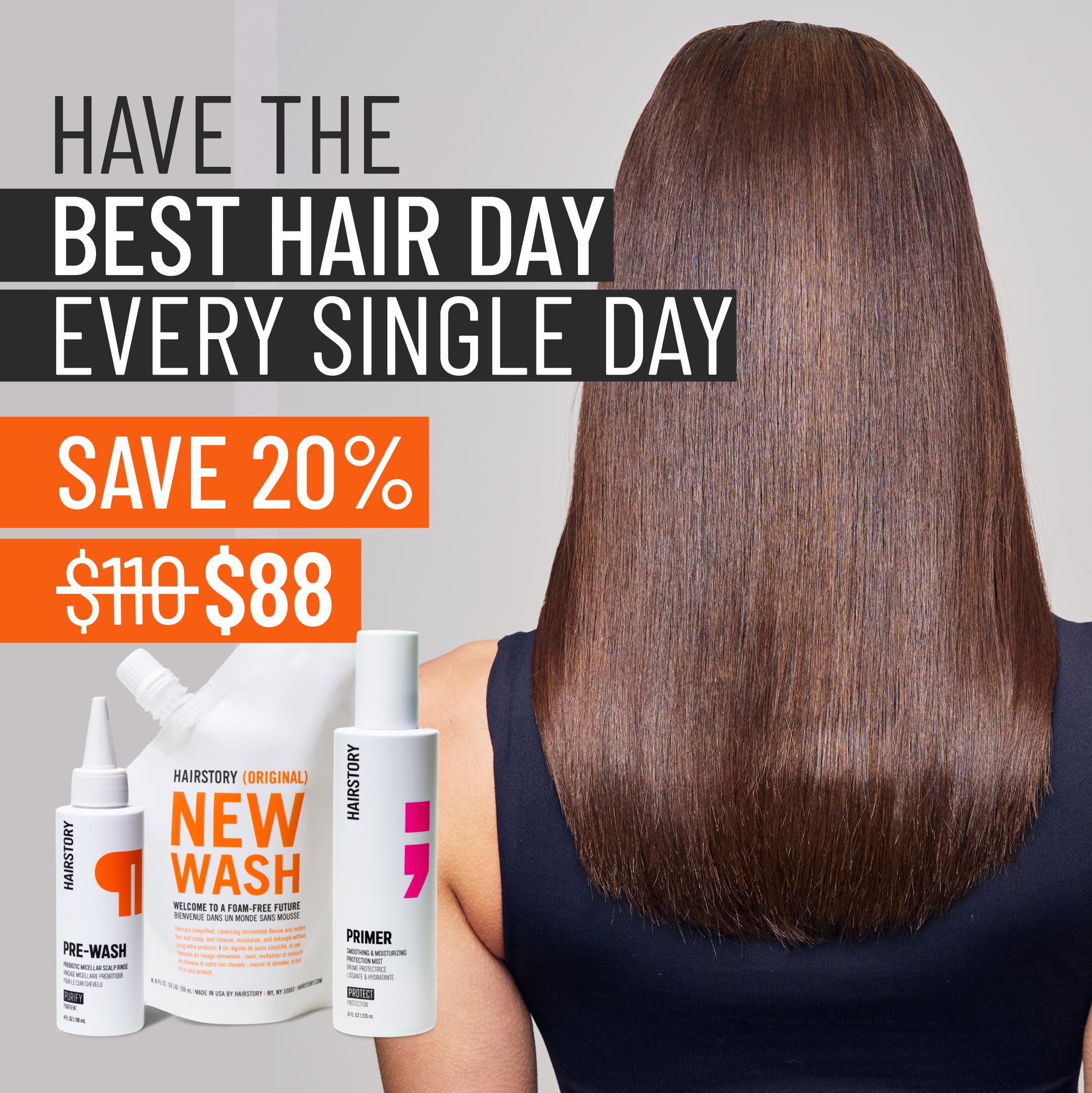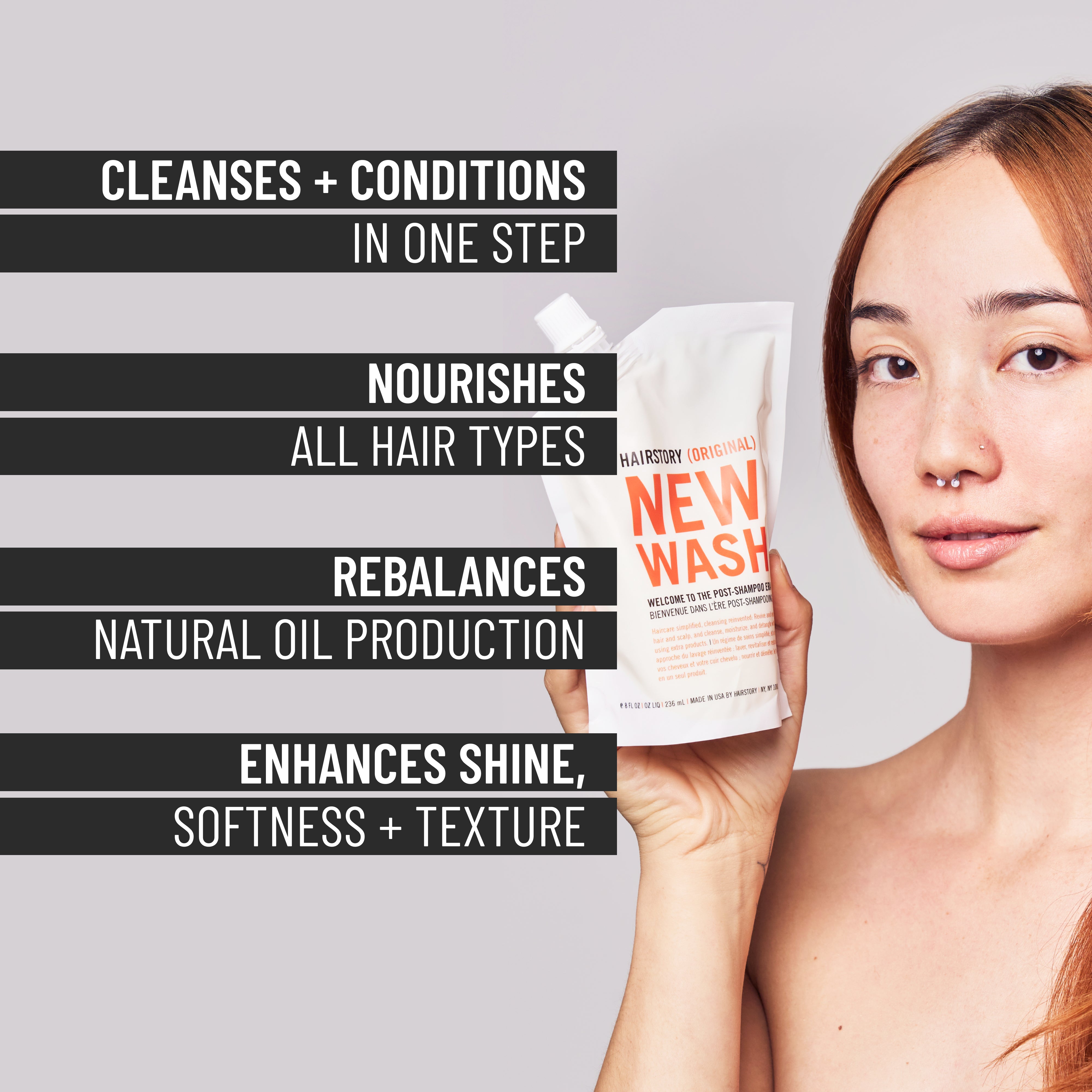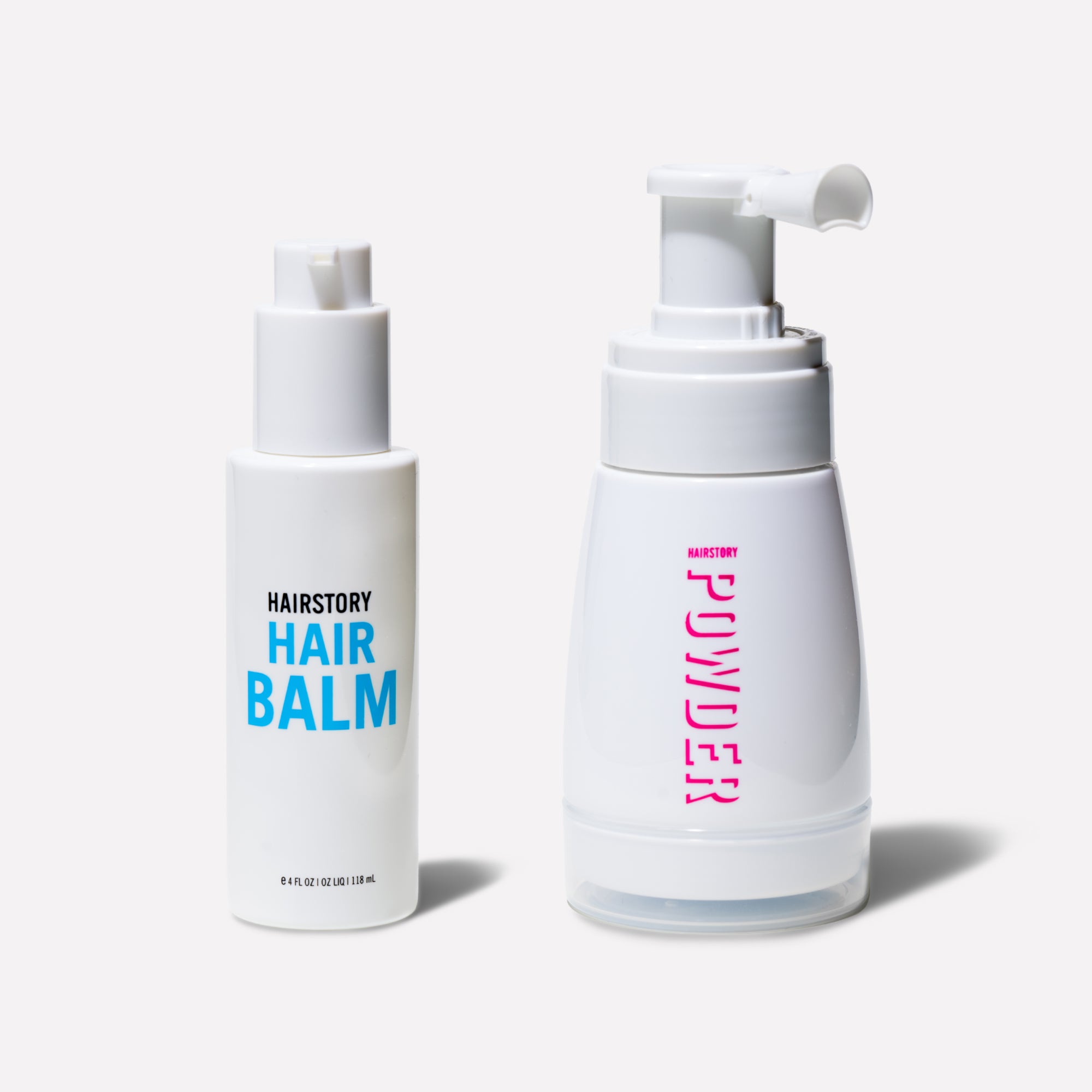Understanding your hair type can unlock a deeper understanding of how your hair grows, behaves, and thrives. By exploring well-known systems like the Andre Walker hair type system, you can identify the characteristics that make your hair unique. These systems serve as helpful tools for categorizing hair textures and patterns, especially when it comes to curly hair.
We humans love to categorize things. So did hair stylist Andre Walker, best known as Oprah Winfrey’s hair guru and creator of the hair type system used to categorize the most common types of hair – specifically curly hair.
Though the curly hair community has modified and expanded this system over time, it has proven to be both unifying and divisive, simply because no two heads of hair are identical.
While no system can be wholly inclusive, this hair type system does give us a guide to understand how hair grows and behaves, and serves as a starting point for customizing our hair cleansing regimen. One of the challenges of the system, however, is that it’s possible for several different types of hair textures to grow from one head alone. For example, what grows from the nape may typically be finer but also straighter or curlier than what grows from the crown.
We recommend trying to determine your dominant hair type and adjust as necessary. Are you wondering, “What type of hair do I have? How can I tell?” Considering the array of curly hair types, here are some simple tips to get you started so you are fully equipped with knowledge about how to moisturize natural hair.
START AT THE ROOT
What determines the kind of curl you grow? What emerges from your follicles is a product of how the follicles are shaped. The flatter or more oval the shape of the follicle, the curlier your hair will be; a more circular shape results in straighter hair. Your curl pattern describes the shape that each strand takes as it lengthens – curves, kinks, or spirals – and how they all behave when draping together.
Your natural curl shape and pattern (or patterns) is best determined while your hair is wet.
CRACKING THE CODE
The Walker hair type system uses a combination of letters and numbers to categorize hair texture, shape, and thickness. Numbers refer to the basic type of curl shapes (or lack thereof):
- Straight
- Wavy
- Curly
- Coily
Letters refer to the width or diameter of your wavy, curly, or coily hair pattern:
- A is wide
- B is medium
- C is tight
Detailed Hair Types
Type 1: Straight
With no variation in shape, Type 1 is sub-categorized by strand thickness.
- 1A is fine, soft, pliable, and easy to style. Most hair styling products will successfully affect straight hair when used in smaller amounts so as not to overwhelm it.
- 1B is of medium thickness, also relatively manageable.This is an enviable type that responds to pretty much anything you want it to do and reacts well to various hair products.
- 1C is the coarsest and most challenging to shape. Styling this hair type requires a bit more muscle from styling products such as strong hold hair sprays and creams.
Type 2: Waves
Type 2 can be of any thickness, and is characterized by a definitive S-pattern that lays close to the head at the root.
- 2A waves are typically fine, often ethereal, and usually quite easy to straighten. This texture is quickly weighed down by styling products and creating volume can be a challenge. Lightweight, water-based hair products such as gels and mousses are recommended, and small amounts will likely go a long way.
- 2B waves have a defined S-shape developing at mid length. Individual strands are thicker in diameter than 2A, and can take some effort to straighten. Enhance these waves with texture sprays such as Undressed for a beachy look and feel without the drying effects or the crispiness of actual salt.
- 2C waves are coarser, with well-defined S-bends beginning closer to the roots.This natural texture is more susceptible to frizz and special care should be taken to keep the hair and scalp from drying out. A leave-in conditioning creme such as Hair Balm will encourage this natural wave pattern while keeping it hydrated inside and out all day.
Type 3: Curls
Type 3 ranges from loose, bouncy loops to tight, springy tendrils with a tendency to frizz.
- 3A curls tend to be shiny, large, loose curls that respond well to scrunching to emphasize their natural texture. This strand type tends to have low porosity hair characteristics given its shine, smoothness, and full bodied texture. These types of curls are relatively easy to maintain. An occasional misting with a solution of one part Hair Balm to 8 parts water in a spray bottle is an ideal refresher. Shake well, scrunch liberally, and let air dry. For more curl definition, twirl tiny sections around your finger when hair is damp.
- 3B curls are springy, tight ringlets that can easily dry out as the sharp shapes cause the cuticle to splay. To keep these types of curls cooperative, look for humectants to attract moisture, such as Wax with Shea Butter and Beeswax, and apply to damp hair.
- 3C curls are tight corkscrews about the size of a pencil, and densely packed together with lots of natural volume that appears less shiny than Types 1 and 2. More common than not, frizzy curly hair can be an issue with this strand type; co-washing and creamy cleansers are recommended to support the curl pattern, followed by a moisturizing styling creme – along the lines of, you guessed it, Hair Balm – on wet hair.
Type 4: Coils
Coily hair, one of the most common Black hair types, is naturally dry, spongy in texture, appears coarse but is quite fine, dense, wiry, and fragile. Strands grow in tight, zig-zags right from the scalp and elongate considerably when stretched.
- 4A coils have dense springy, S-patterns about the circumference of a crochet needle, much like Type 3 curls.A curl cream and leave-in moisturizer mixture – or a hybrid, like Hair Balm – is a must for adding more moisture to the recommended wash-and-go regimen. For this hair type, the LOC method may be a viable option as well.
- 4B coils are densely packed and can bend in sharp, letter-Z angles. Use Hair Balm for palm-rolling coils to stretch them out and twist them together into defined shapes.
- 4C coils are similar to 4B, but are more fragile with a very tight, small-scale zig-zag pattern that results in 75 percent or more shrinkage than others. Liberal applications of leave-in moisturizer and regular use of Castor, Olive, or Coconut oil will keep this type of kinky coily hair hydrated and sealed against dryness.
THE LOIS SYSTEM
Another system of hair typology – though less frequently used than the one started by Mr. Walker – is The LOIS system, which defines hair type by letter:
L:Hair is dominated by right angles with nearly no curves
O:Hair coils significantly and is shaped like the letter “O”
I: Hair has no distinctive curls or bends and lies flat against the head
S:Curls are S-shaped in defined peaks and valleys
The LOIS system allows you to combine these four letters to accommodate the different types of hair that may grow on one head. For example, if your hair is primarily a combination of O-shaped spiral curls and S-shaped waves, you can describe yourself as “OS.”
The thickness of individual hair strands is also taken into account with three broad categories: fine, medium, and coarse. Coarse is often confused – or used interchangeably – with thick, but it’s important to distinguish the density of hair growth from the thickness of individual hair strands.
THE THREAD TEST
To understand your hair texture and thickness, take a strand of hair from your hairbrush and lay it next to a length of sewing thread that closely matches your color, if possible. The thread is a standard for “medium” thickness. Is your hair finer than the thread? Then you’re “Fine.” Thicker? You’re in the “coarse” category.
In addition, the Lois System includes visual and tactile markers: Fine hair strands appear almost translucent when held up to the light. If you roll a medium strand of hair between your thumb and index finger, it will feel a little like cotton thread but not stiff or rough. Coarse hair strands are usually easy to see, and feel hard and wiry when rolled this between the thumb and finger.
Understand your personal combination of density, diameter, porosity, oiliness, elasticity, moisture and curl pattern.
You may find a number and a letter, letters, or a whole alphabet to describe your hair texture type, but remember that it’s only a guide to help determine your hair type; you are no more or less a perfect representative of some hair-archy. You know your hair better than anyone does, and understanding your personal combination of density, diameter, porosity, oiliness, elasticity, moisture and curl pattern – and doing your very best to care for it – is a good recipe for healthy, happy hair.















































